Michael M. Santiago In 1970, the last supermarket on Syracuse’s South Side closed down. A new one wouldn’t open for decades, and the neare...
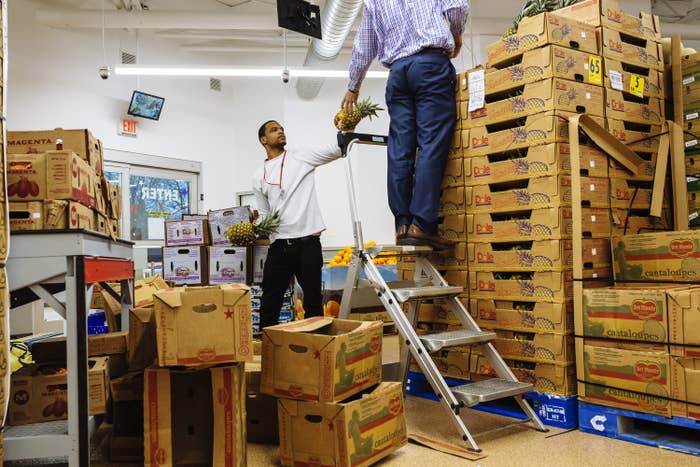
In 1970, the last supermarket on Syracuse’s South Side closed down. A new one wouldn’t open for decades, and the nearest grocery store was two miles away, which made it extremely difficult for the area’s residents to access healthy food. Photographer Michael Santiago was studying in Syracuse in 2017, around the same time the community learned that after five years of planning, a Price Rite supermarket would be built and would be hiring directly from that community, bringing 150 jobs to the area.
“I wanted to work on a project that showed there were people who loved their community and worked hard for it,” Santiago said. He covered this community for two years as a part of his final thesis for graduate school at S.I. Newhouse School of Communications at Syracuse University.
Santiago was part of the staff at the Pittsburgh Post-Gazette that won the Pulitzer Prize in 2019 for photographing the shooting at the Tree of Life synagogue; he is now a staff photographer with Getty Images. “One of the things that I learned working at the newspaper was how to be a journalist, not just a photographer. I fell in love with working on news, traveling and covering national news and the most important topics,” he said.
We spoke with Michael about the project and his photographs of the Price Rite supermarket, racism, and why investment is important.
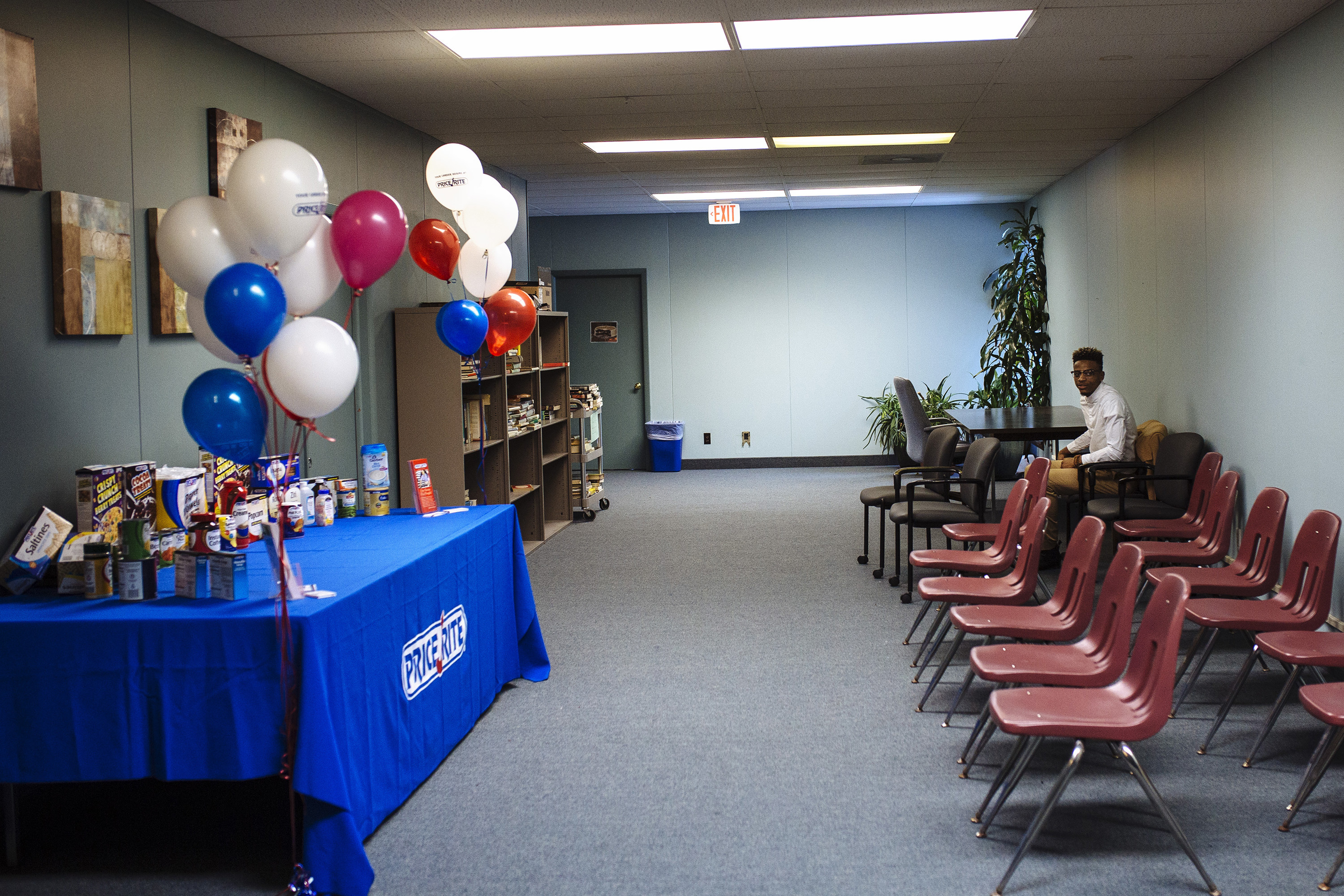

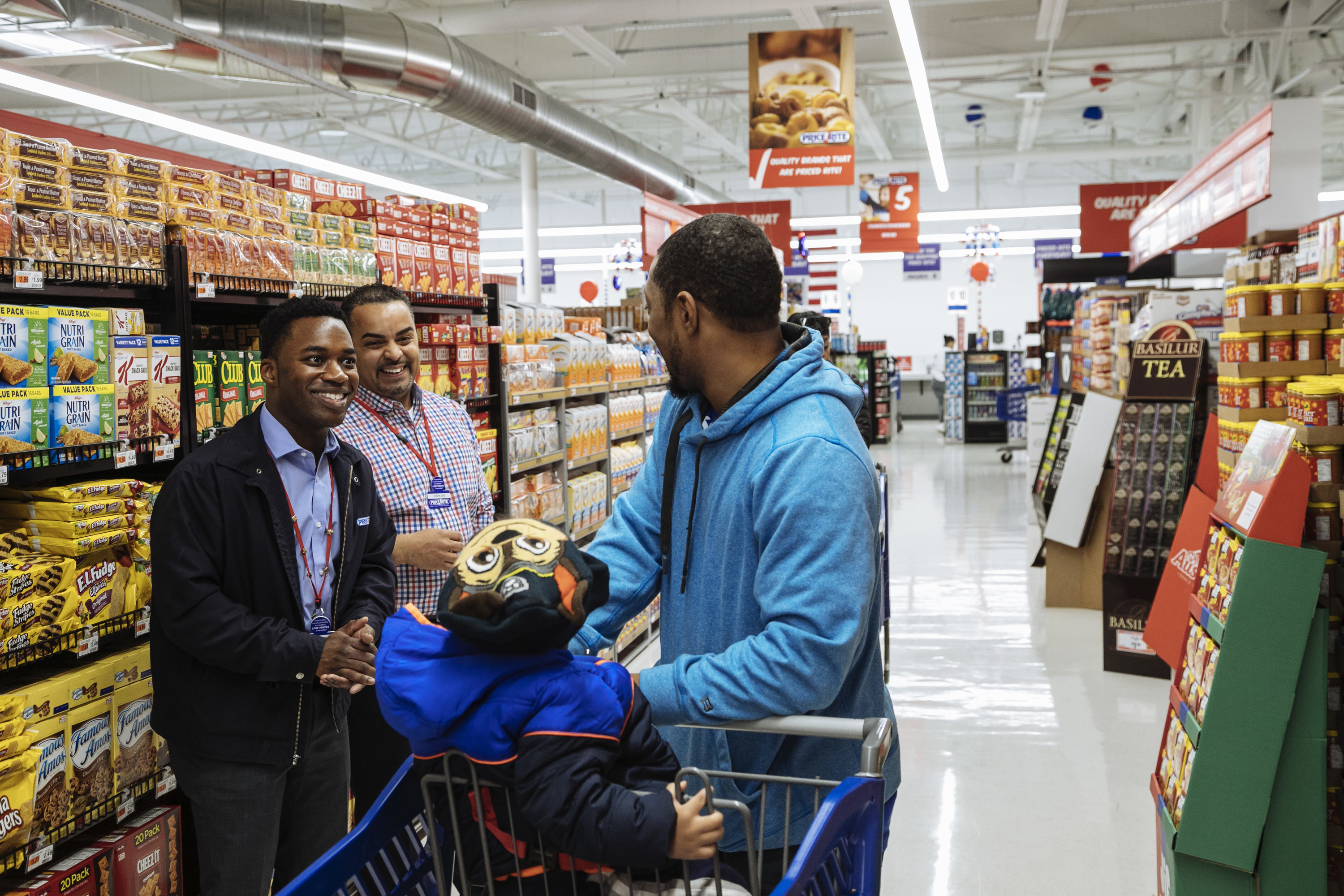
You worked on this series for two years. When did you know that it was something you wanted to continue working on?
My goal from the start was to try and change the narrative that people in Black communities don’t care about their communities. That’s a narrative that always seems to come up when people are protesting a Black life being taken by a police officer. One thing I heard over and over again was that if Black people cared about their communities they would show it, or “What about Black-on-Black crime?” These are racist statements that people tend to say to deflect from a systemic issue, and I knew that they did not reflect reality.
There are tons of folks who do everything they can to make their communities safe for everyone, and they work tirelessly to make that happen. But sometimes people from the outside who don’t go into those neighborhoods don’t see that. At first the project revolved solely around gun violence, but it grew into speaking about poverty because from being in the community and doing research, you can’t speak about one without the other. In certain places like Syracuse, when there isn’t any significant local or federal investment in the community, or [there’s] a lack of jobs where people can dig their way out of their situation, people unfortunately turn to other means to make money.
I was around for the announcement of the supermarket coming, the hiring process, the training, and the grand opening. There was so much excitement for this to open up. The South Side was a food desert for about 40 years, so this was the first time that people didn’t have to drive for miles to get food, and healthy food at that. Most folks in the neighborhood don’t own cars, so they had to either take buses or get rides to go food shopping, which limits how much and how often you can go. And it wasn’t even just the neighborhood finally getting a place they can food shop, but it was a place that brought jobs to the area. They hired 150 people from the community. That’s huge. When I talk about investing in a community, that’s a perfect example of that. The excitement of the grand opening that people showed is something that will always stick out to me.
A lot of my work was out of the Southwest Community Center. I was there the first time Price Rite held a meeting and announced that everyone working there was going to come from the community. I was there for that first announcement through the hiring process, through interviewing and training and the grand opening. I also went back a year afterwards to talk to someone who had been hired, and see a year later how she was thriving.
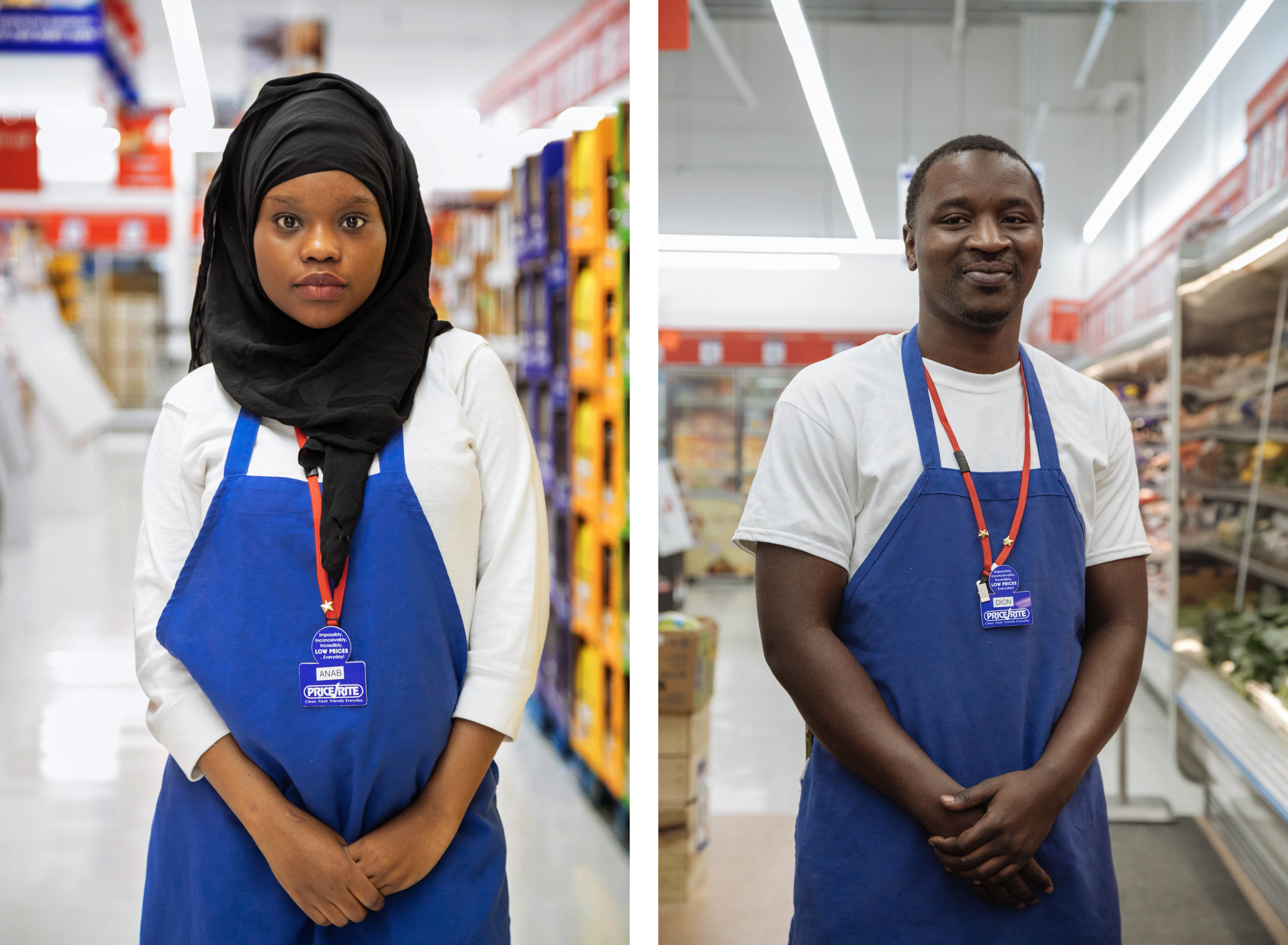
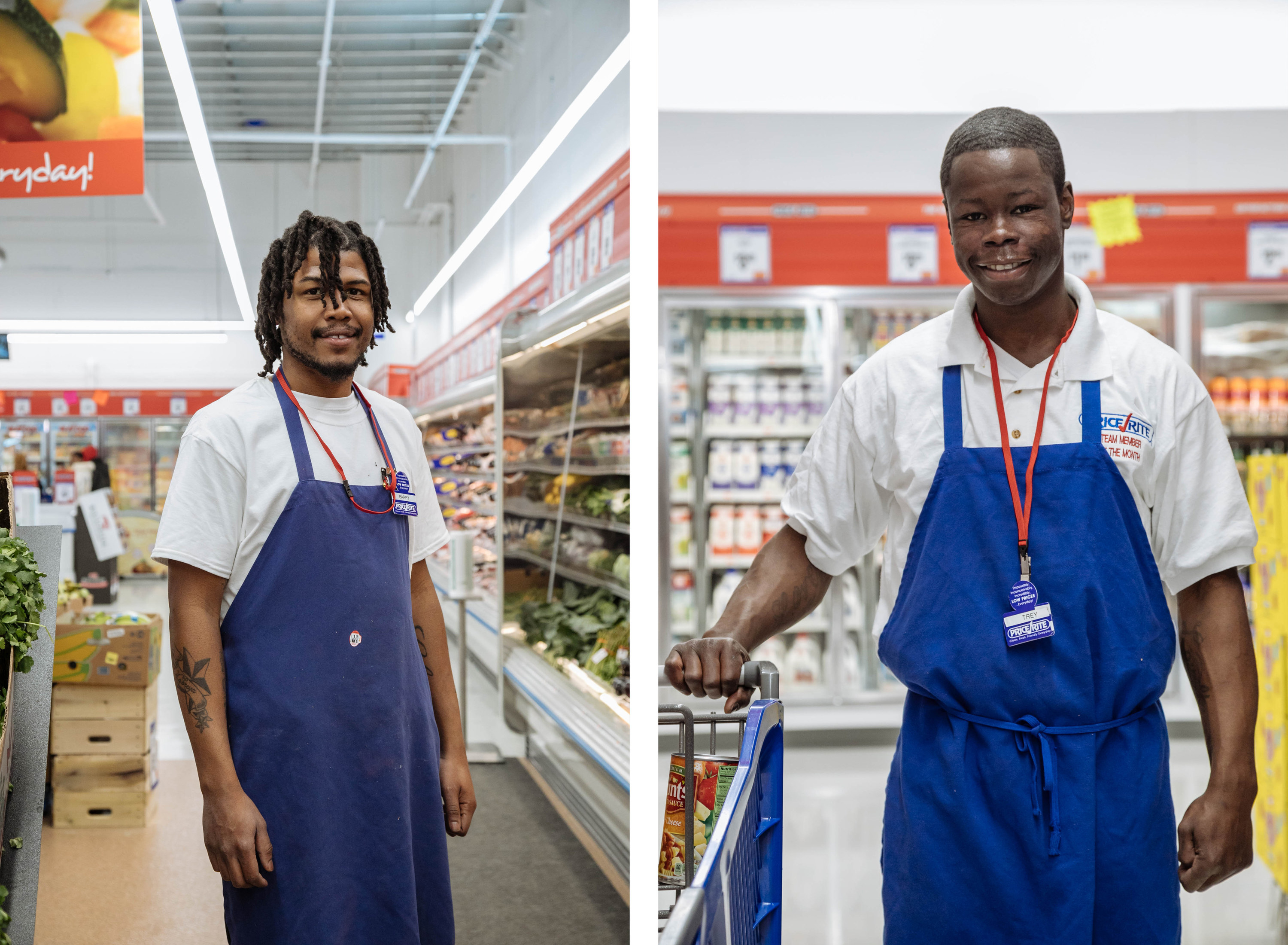
What was your connection to this community?
I am an outsider to this community. I’m not from Syracuse. I was in the city because I was going to school. If I was from there, this project in my opinion could have been extremely different. I am, however, Black and a man, and that is who this project is mostly focused on. I’m sure that my identity played a role in my access and empathy when working because there are some universal experiences we could relate to each other with.
What’s a favorite from this series?
It’s hard to say which set of images are my favorite because they all mean so much to me. But with that being said, the set of images that I enjoyed making were the ones surrounding the supermarket. Here was a company that was investing in the community, giving people access to food and raising people up out of poverty. I had shown the work to a few editors; one of the things they always said was “I want to see people struggling,” the people who couldn’t go to the stores. I wanted this to be positive and about the positive changes.
What’s one thing that you want people to take away from it?
What I hope that people take away from this is that people do care about their community and there are folks who work extremely hard to make their communities safe and livable. I could have taken a different approach with this project and focused more on the violence, shown images that people see over and over again, but in my opinion these are stereotypical images and don’t truly reflect the community of Syracuse that I became familiar with. And one thing that I always say is that in order for people to truly understand that Black lives matter, they have to see images of Black lives actually mattering.
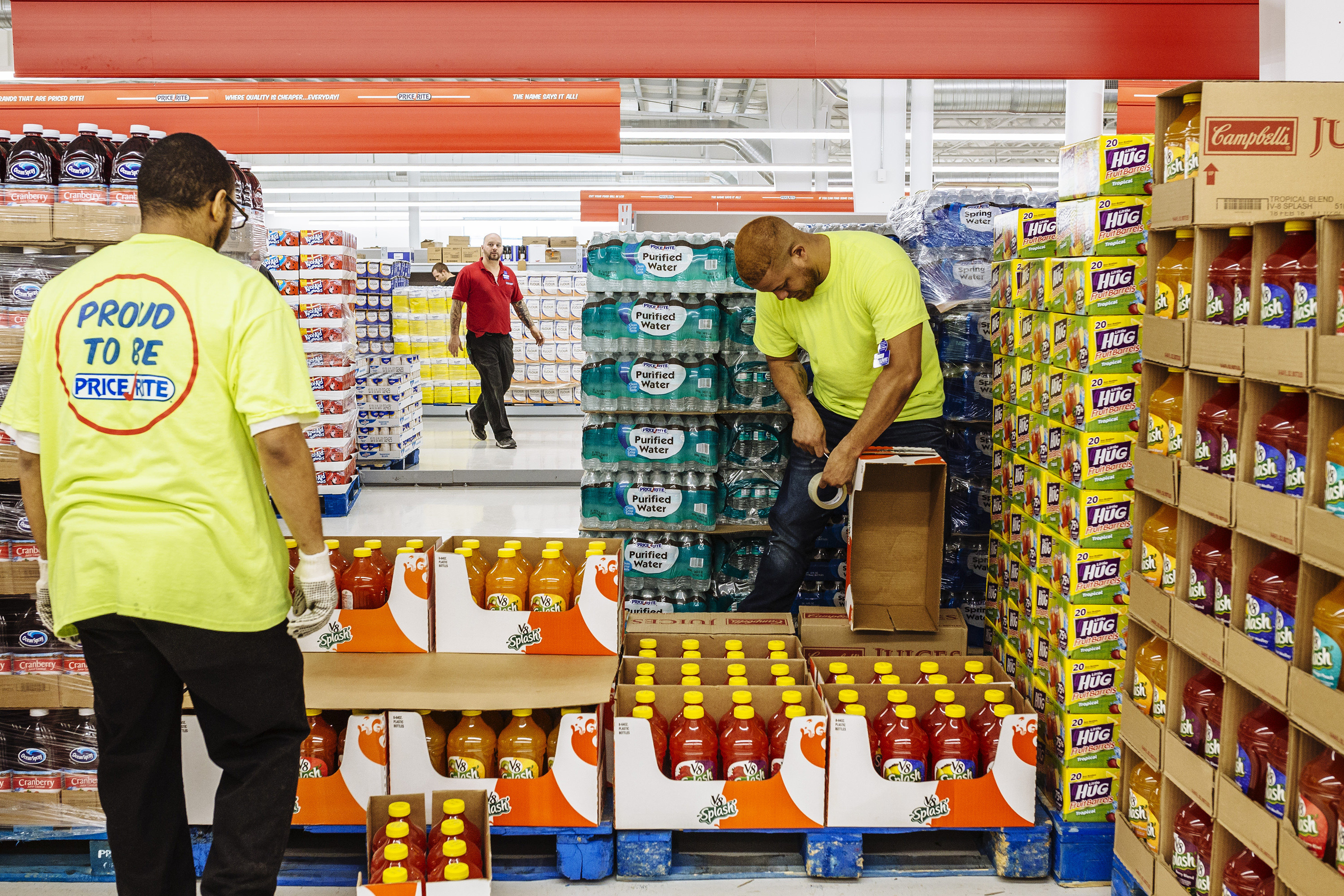
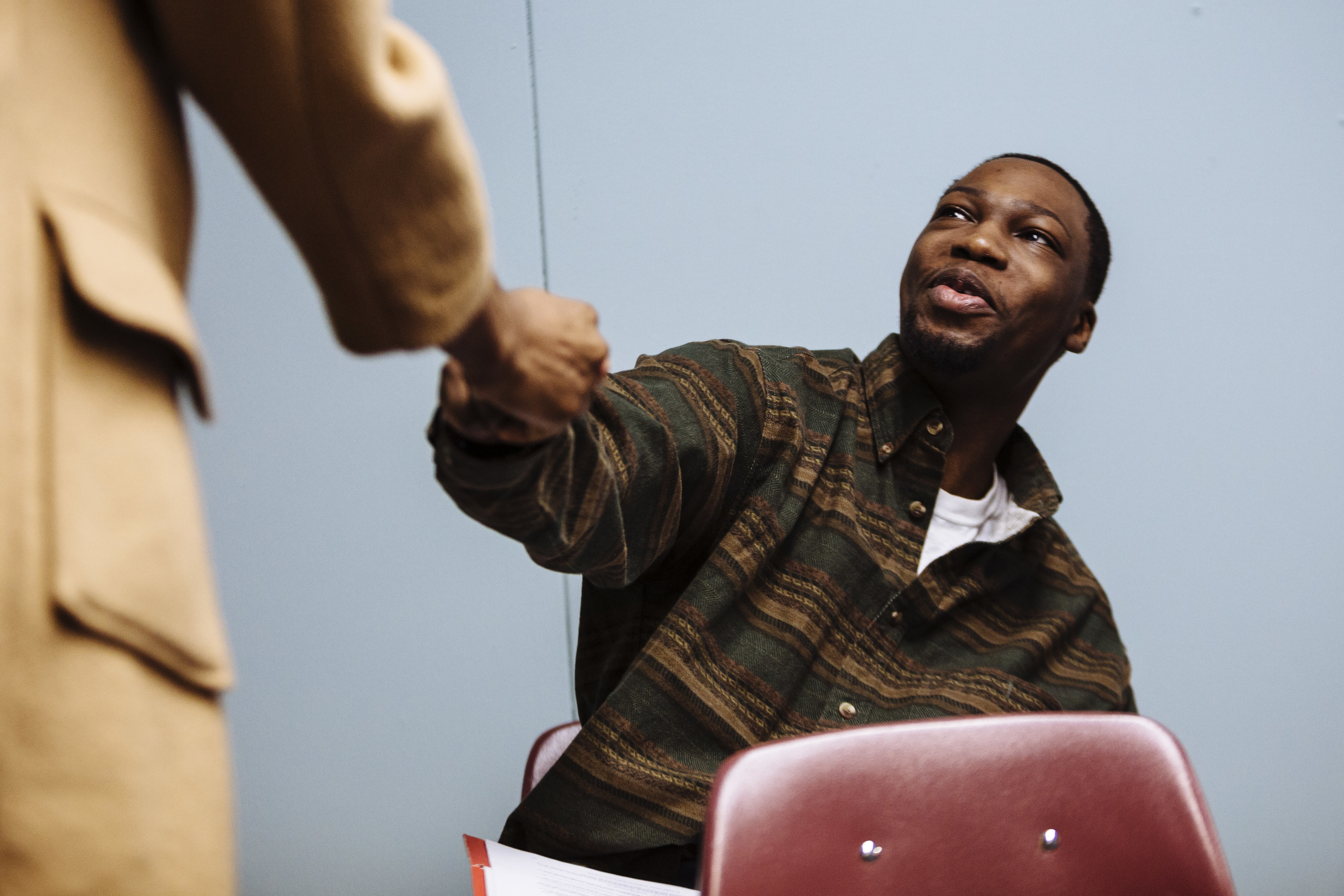
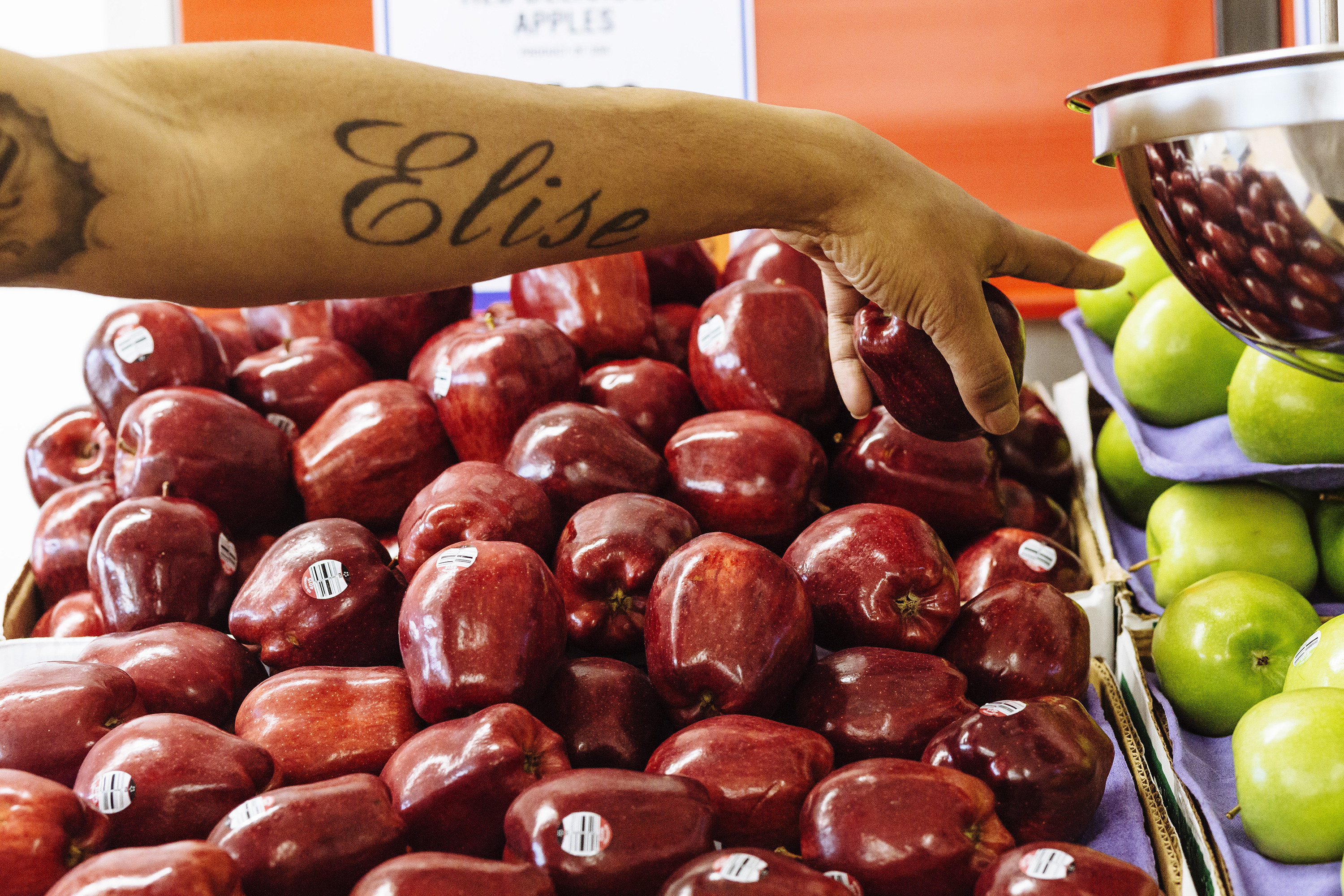
The woman who you followed up with, how had her life changed?
She [LaTonya Mims], had money in her pocket, she was able to have that sense of purpose. It felt prideful for her to have full-time employment and for her to work in her community where she grew up her entire life.
I lost touch with most of the Price Rite workers, but I still speak with people who are working out in the community. In COVID, people are still doing their jobs. Helen and Mothers Against Gun Violence, she is still out there helping people grieve. Clifford Ryan is still out there with his sign, he’s just out there with his mask and a small group of people he’s recruited to walk with him.
Working in New York, unfortunately you still see issues around hunger happening. COVID is going to play a big role in what happens going forward. A lot of people lost their jobs, and going back to essential workers, they tend to be low income, and they are the ones who are the most affected. A lot of people [whose] breadwinners are not around and now they need to fend for themselves. COVID has exacerbated the issue; I don’t think we’ve seen the full impact yet of what COVID has done to these communities.
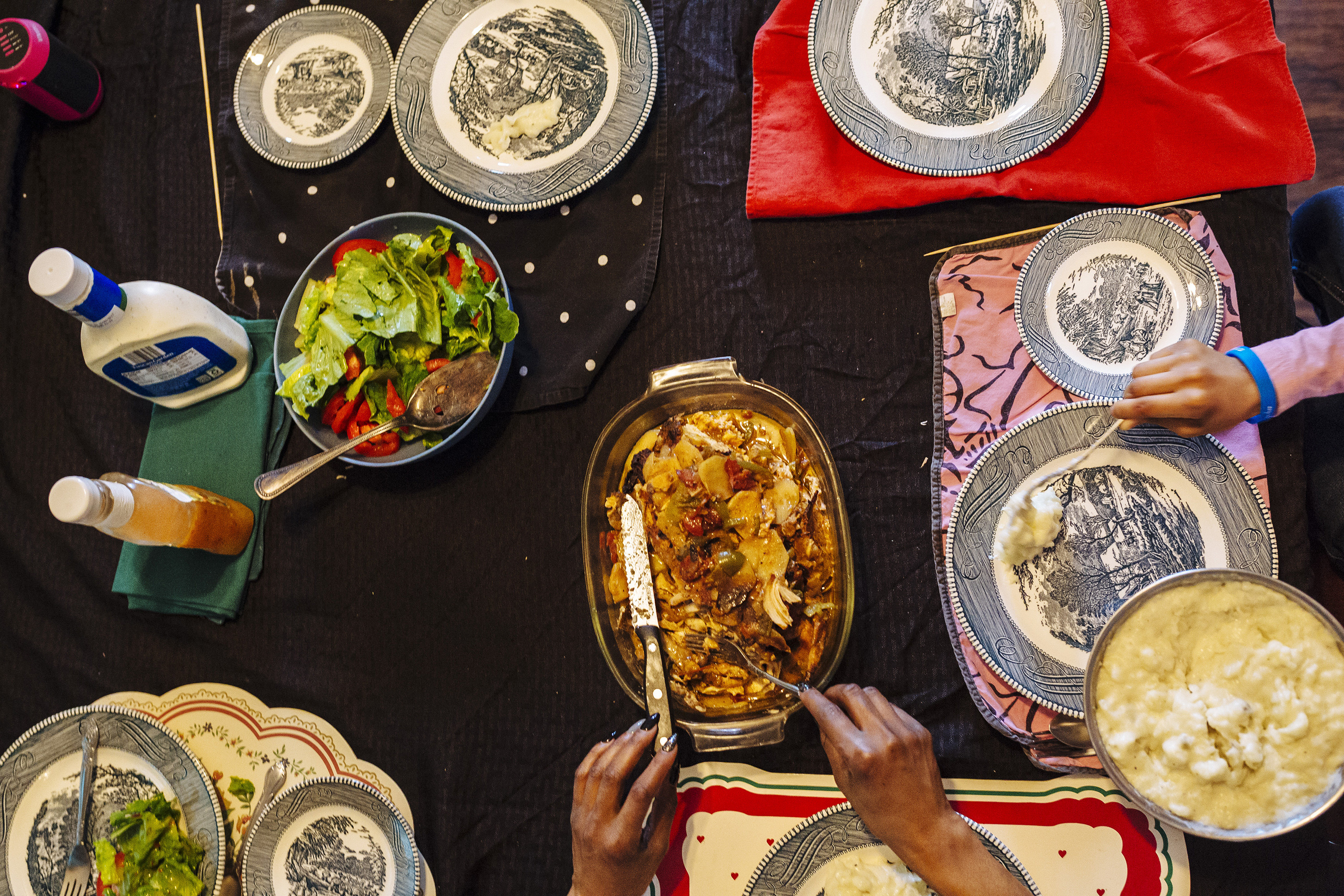
No comments